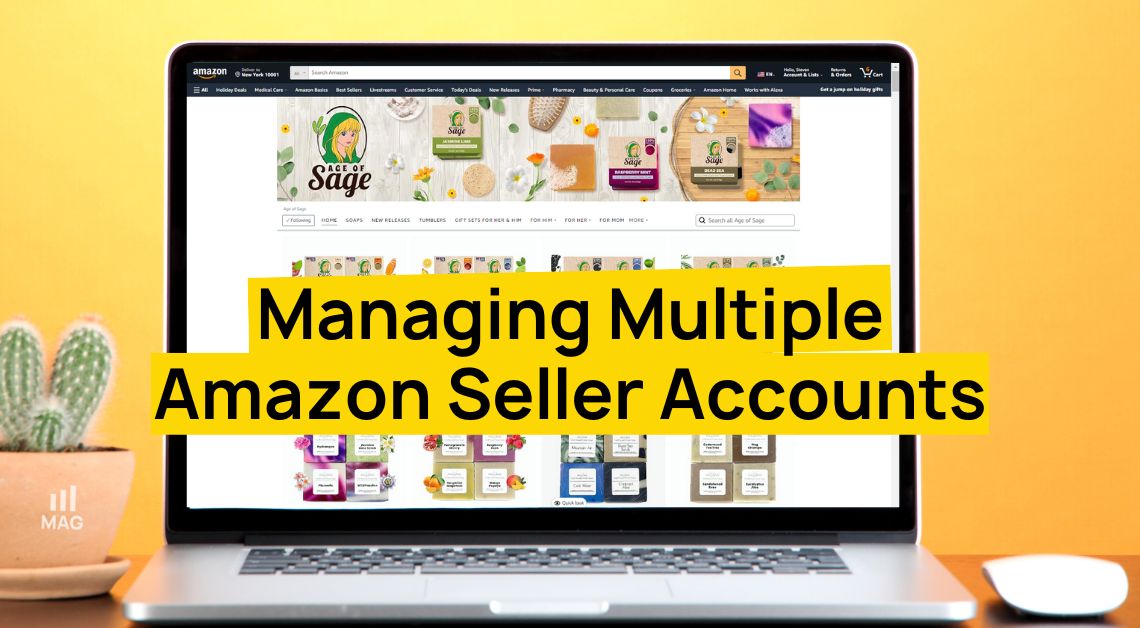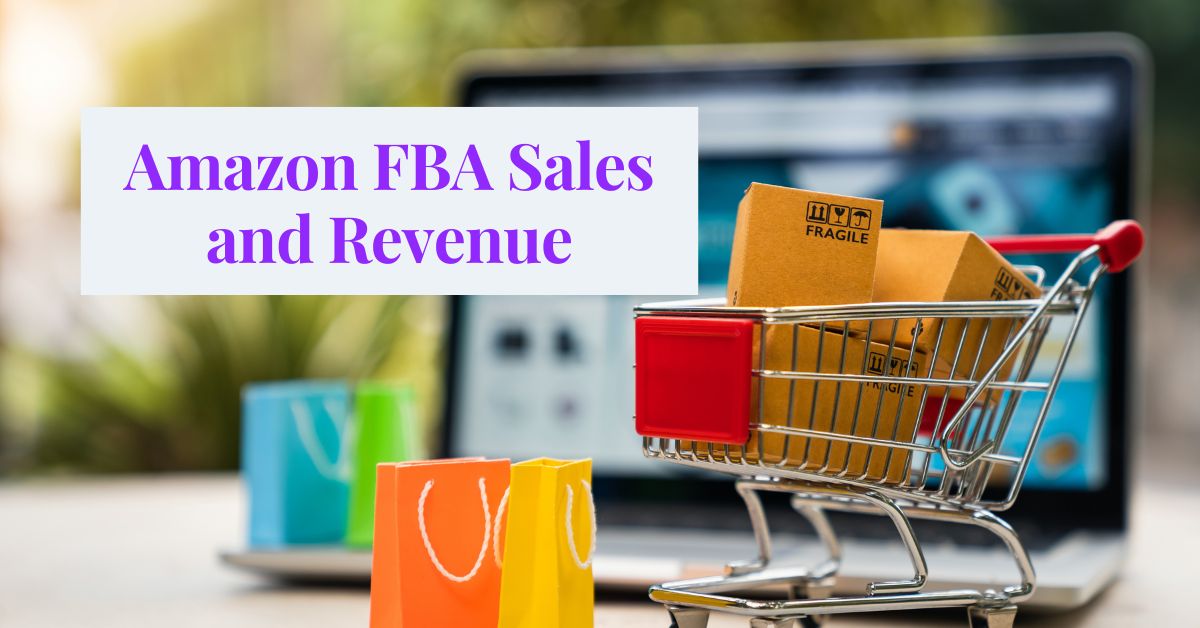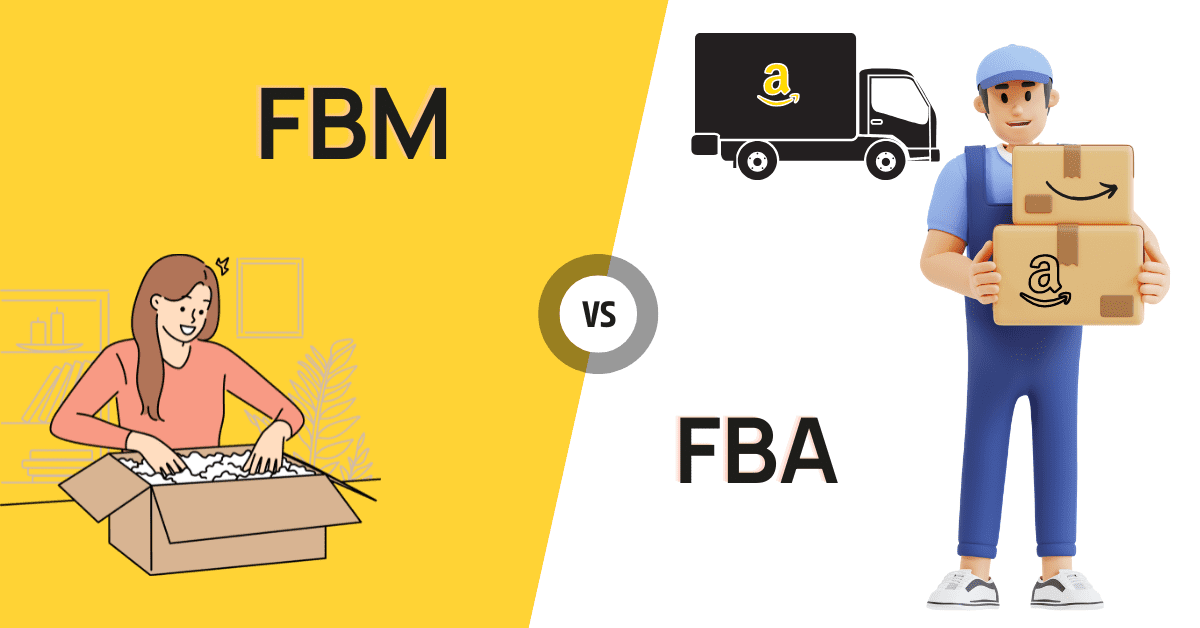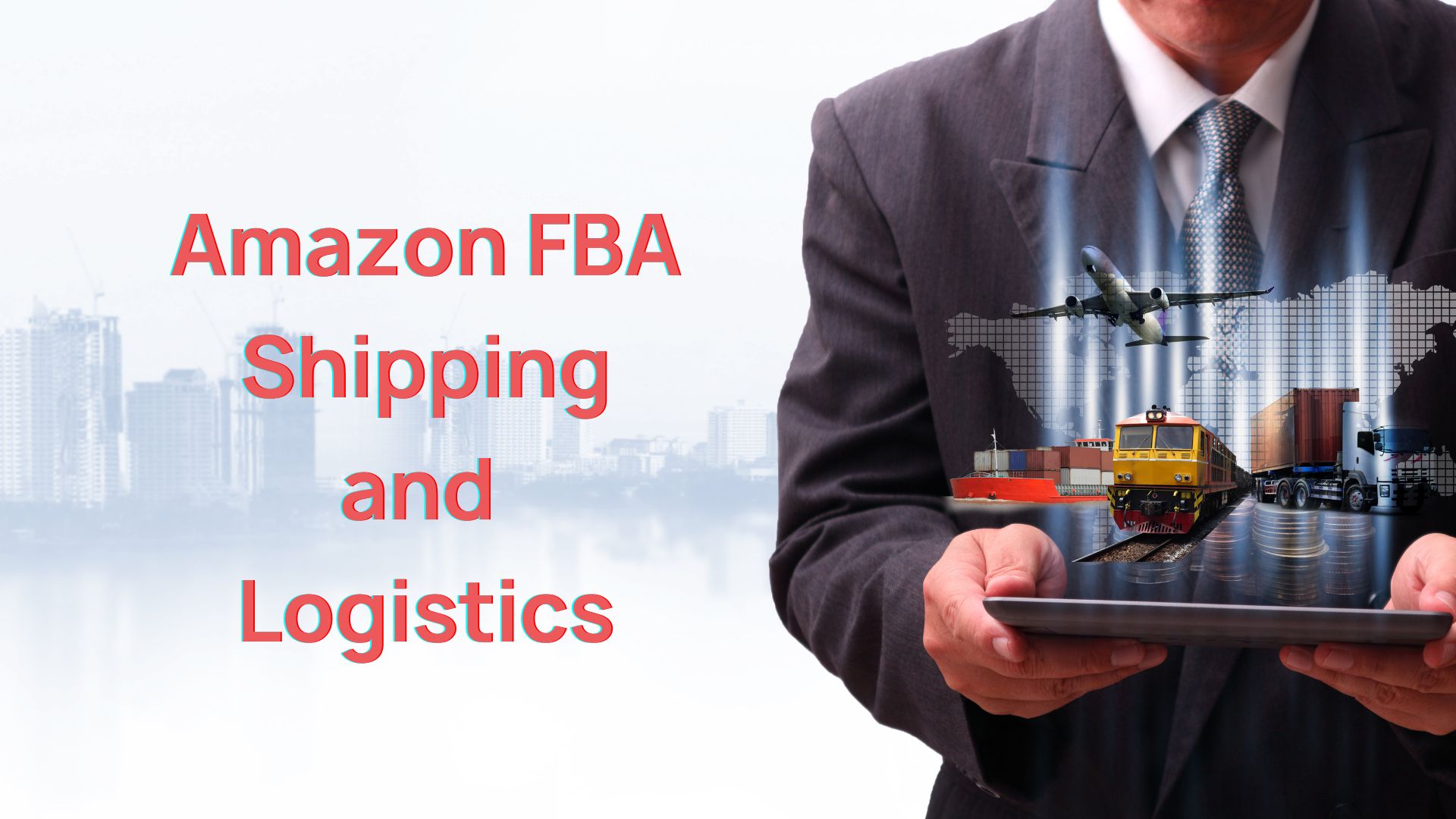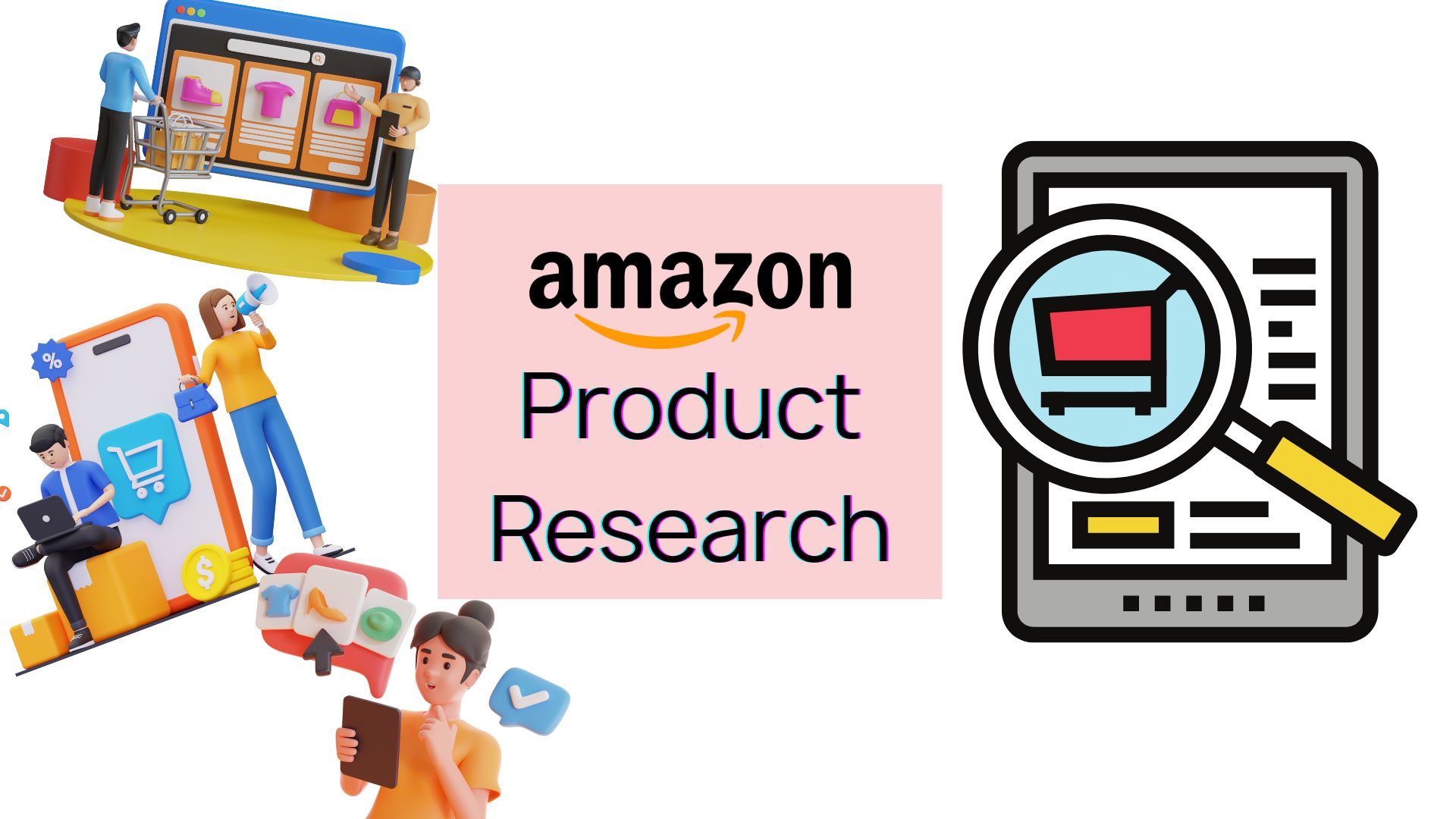Our latest blog post covers the new pricing for Amazon Seller Fulfilled Prime and explores the implications for sellers. Keep reading below to discover if this program is the right fit for your business.
Tracing the Amazon Seller Fulfilled Prime Time Machine
Once upon a digital age, terms like “Prime” and “Fulfillment by Amazon (FBA)” were distant dreams. In those days, sellers handled everything themselves, marking the era of “seller-fulfilled” services.
But the landscape transformed in 2006 with the debut of FBA, designed to enhance the customer experience and fatten Amazon’s coffers by leveraging their logistics prowess. FBA sellers basked in the glory of the coveted Prime badge, a concept initiated in early 2005.
Skipping ahead to 2015, Amazon introduced Seller Fulfilled Prime, granting the prized Prime badge to sellers meeting specific criteria and approvals. This program allowed sellers to retain control over shipping while still enjoying the Prime badge.
With the Prime badge on their listings, shoppers will know that they offer fast and reliable shipping to Prime members.
The Seller Fulfilled Prime program has been designed to maintain high standards of customer satisfaction and trust in the Amazon marketplace. Sellers are required to meet certain eligibility criteria to participate in the program.
These criteria include maintaining an active account with a Professional selling plan, using approved Buy Shipping Service carriers, and meeting performance standards such as on-time shipment rate and cancellation rate.
Under the SFP program, sellers must offer free shipping options to Prime members, while non-Prime members can choose to pay for faster shipping options. Sellers are also responsible for purchasing shipping labels for Prime item orders through Buy Shipping Services.
Additionally, the seller’s account is charged for any returns, refunds, or adjustments related to Prime items.
It’s important to note that sellers participating in the Seller Fulfilled Prime program have a daily order limit for Amazon Prime orders that they can reliably ship every day. They are also responsible for handling pre-order buyer inquiries and product-related inquiries.
Watch Steven Pope, founder of My Amazon Guy, explain in this video what Seller Fulfilled Prime was about during its peak time years ago.
After a hiatus, Seller-Fulfilled Prime is now poised for a triumphant return. The catch, however, is, who will triumph.
What Types Of Sellers Suit The Seller Fulfilled Program
The Seller Fulfilled program can be suitable for a variety of sellers depending on their specific circumstances and business needs. Here are a few types of sellers that may find the Seller Fulfilled program beneficial:
- Small to Medium-Sized Sellers: If you’re a smaller seller with a manageable order volume, fulfilling orders yourself can be a cost-effective option. It allows you to maintain control over the fulfillment process and potentially save on storage fees associated with using Amazon’s FBA (Fulfillment by Amazon) service.
- Unique or Customized Products: If you sell products that require customization or special handling, the Seller Fulfilled program allows you to have more control over the packaging and shipping process. This can be particularly important for sellers who offer personalized items or products that require special care during transportation.
- Localized or Regional Sellers: If you operate within a specific geographic area or have a concentrated customer base in a particular region, the Seller Fulfilled program can be a suitable option. By handling fulfillment in-house, you can potentially offer faster shipping times and more personalized customer service to your local or regional customers.
- High-Margin Products: If you sell products with high-profit margins, the costs associated with fulfilling orders yourself may be more manageable. This is because the 2% fee and minimum per unit charge of the Seller Fulfilled program may have less impact on your overall profitability compared to sellers with lower-margin products.
The Returning Amazon Seller Fulfilled Prime
Amazon will start accepting applications for Seller Fulfilled Prime on October 1st, 2023.
Do you wish to try Seller Fulfilled Prime for 30 days when Amazon finally re-opens the program? Then take advantage of the waitlist.
It is important to note that getting approval to enroll in Amazon Seller Fulfilled Prime involves meeting the shipping, customer service, and returns requirements on all of your applicable products.
Crunching Numbers: Amazon Seller Fulfilled Prime Pricing
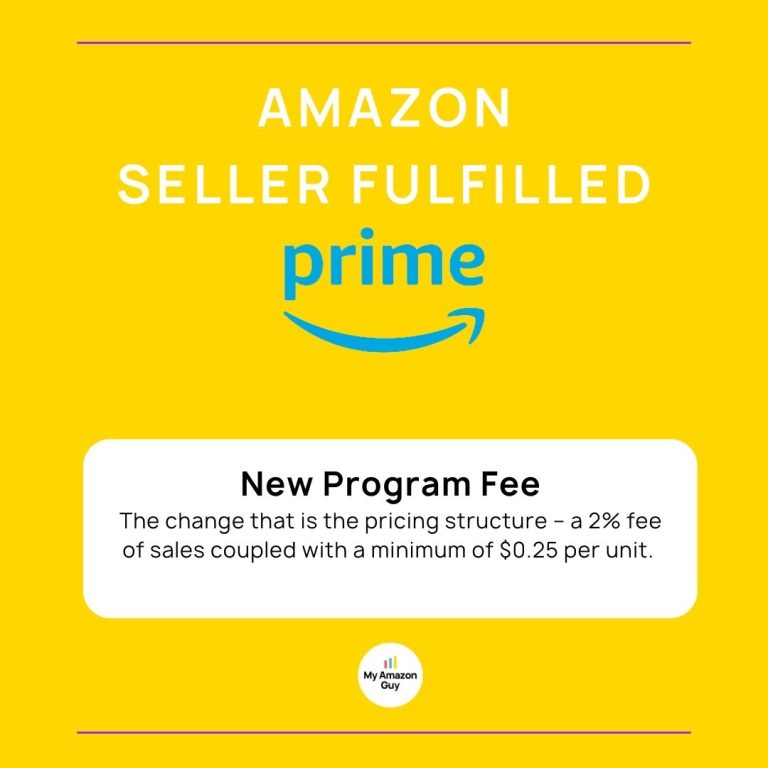
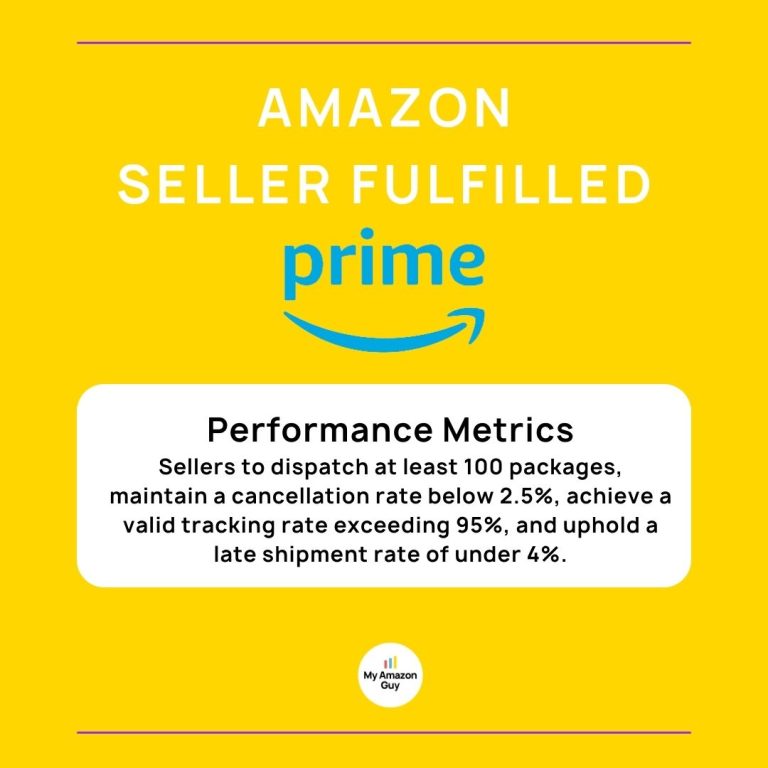
So, what’s the buzz around the relaunch of Seller-Fulfilled Prime? Let’s break down the facts:
Program Fee: The change that is the pricing structure – a 2% fee of sales coupled with a minimum of $0.25 per unit. An attention-grabbing twist, indeed since sellers paid no fee before!
Pricing is just one part of the story.
Performance Metrics: Amazon sets expectations for sellers to dispatch at least 100 packages, maintain a cancellation rate below 2.5%, achieve a valid tracking rate exceeding 95%, and uphold a late shipment rate of under 4%. Do you think you can take on the challenge?
A Spectrum of Emotions: Balancing Gain and Expense
While the revival of Seller-Fulfilled Prime is embraced, the 2% fee has ignited debates. Let’s delve into this:
Prime’s Premium: Prime has transformed into premium real estate with escalating costs. Amazon Buy With Prime charges a 3% fee for tapping into Prime customers, underscoring the badge’s value.
Buy Box Priority: A Prime listing holds the key to the Buy Box competition. However, diversification emerges as a strategic move, with Walmart Marketplace and direct-to-consumer websites beckoning.
Still, it will all depend on each seller’s unique circumstances on whether they will push their enrollment to Amazon Seller Fulfilled Prime. Every possible detail warrants consideration so here is other information about the returning Amazon program.
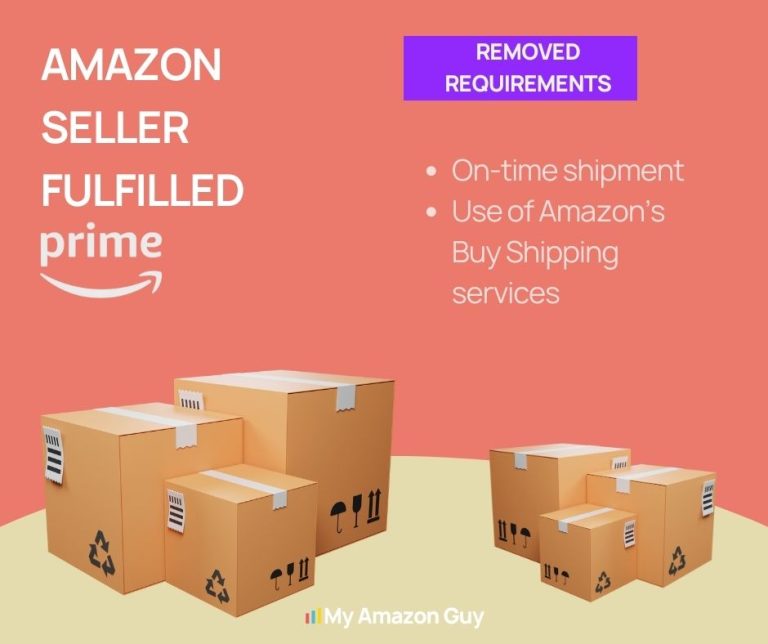
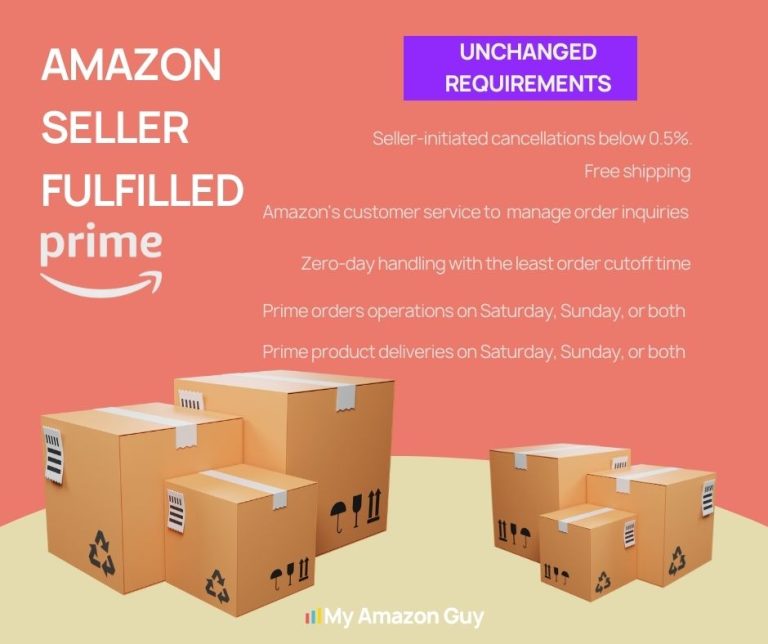
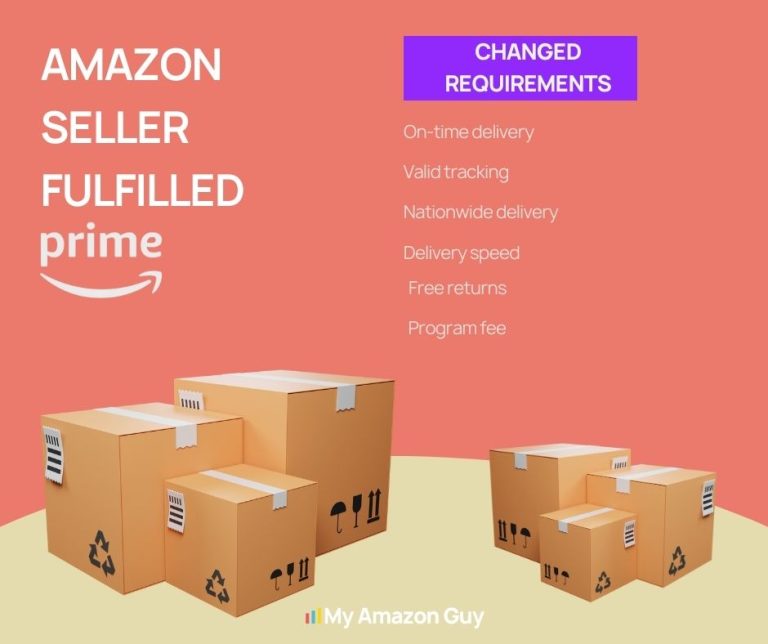
Removed Requirements
- On-time shipment
- Use of Amazon’s Buy Shipping services
Unchanged Requirements
- Seller-initiated cancellations must still remain below 0.5%. Additional details can be found in the Seller Fulfilled Prime performance metrics.
- Free shipping remains. Go to Seller Fulfilled Prime shipping requirements to know more
- Amazon’s customer service will still manage order inquiries. Further details can be accessed in the Customer service for Seller Fulfilled Prime.
- Orders will still be processed with zero-day handling and a minimum order cutoff time. For additional details, please refer to Seller Fulfilled Prime shipping requirements.
- Operations (receive, pack, and ship) of Prime orders still need to be available on Saturday, Sunday, or both. Check out Seller Fulfilled Prime performance metrics to read more.
Prime products delivery will still be available on Saturday, Sunday, or both. Seller Fulfilled Prime performance metrics contain other details.
Changes In The Program Aside from Pricing
Punctual Delivery
Punctual delivery signifies the count of Prime units that reach customers on or before the stipulated delivery date mentioned in the order details. This count is then divided by all Prime units that have undergone a delivery scan.
In alignment with the expectations of Prime customers, the minimal performance criteria for punctual delivery will be updated every quarter. Any modifications will be communicated at least 45 days prior to their implementation.
Starting from October 1, 2023, the new requirement for punctual delivery is set at 93.5% or higher.
To adequately prepare for this requirement, it is crucial to assess your historical punctual delivery rate without factoring in promise extensions.
Accurate Tracking
The valid tracking rate refers to the ratio of Prime packages that possess a valid tracking ID to the total number of Prime packages with confirmed shipment status.
Commencing from October 1, 2023, the stipulated requirement for the valid tracking rate stands at 99% or more.
To qualify as valid, a tracking ID must receive its initial scan from a carrier integrated with Amazon’s system. For comprehensive details, kindly refer to the section titled “Valid Tracking Rate.
Nationwide Shipping and Delivery Speed
All listings associated with a Prime shipping template, spanning various size tiers, are required to offer nationwide delivery within the contiguous United States within a timeframe of one to five days.
A predefined minimum delivery speed within a 3- to 5-day commitment range will be pre-set in all Prime shipping templates and remains unalterable.
Additionally, you have the option to delineate regions that offer expedited delivery, such as same-day, one-day, and two-day options. All delivery regions, regardless of speed, are eligible for Prime branding and will be subject to monitoring in alignment with the delivery-speed requirement.
Delivery speed gauges the percentage of detail-page views by Prime customers for products that provide a specific delivery speed.
To mirror the expectations of Prime customers, the minimal performance prerequisites for delivery speed will be updated quarterly. Any modifications will be conveyed a minimum of 45 days before they take effect.
Free Return Policy
The free returns prerequisite is set to align with the Amazon-fulfilled free returns policy. This alteration entails that items meeting the criteria for returns and weighing under 50 pounds will qualify for free returns for both seller- and buyer-initiated reasons. This adjustment will be universally applicable to all Prime orders within the United States.
A Glimpse into the Future: Rising Rents and the Amazon Landscape
As the Amazon landscape evolves, the trend of escalating costs shows no signs of abating. Brace yourself for the upward trajectory of Amazon’s economic currents.
The rebirth of Seller-Fulfilled Prime adds a new chapter to the seller saga. The 2% fee introduces a layer of complexity, inviting sellers to ponder their strategies. Are you ready to embrace the unfolding opportunities in Amazon’s ever-evolving canvas?
To help you decide, here are the benefits and drawbacks offered by Amazon Seller Fulfilled Prime.
What Are The Pros And Cons Of Amazon Seller Fulfilled Prime
The Seller Fulfilled Prime program on Amazon has its own set of pros and cons. Let’s take a look at some of them:
Pros of Seller Fulfilled Prime:
- Cost Control: With Seller Fulfilled Prime, you have more control over your fulfillment process and can potentially save on storage fees associated with using Amazon’s FBA (Fulfillment by Amazon) service. This can be particularly beneficial for sellers with high-profit margin products or those who have the resources to handle fulfillment in-house.
- Flexibility: Fulfilling orders yourself gives you the flexibility to customize packaging and shipping methods according to your brand’s standards. This can be especially advantageous for sellers who offer unique or customized products that require special care during transportation.
- Localized Customer Service: Sellers who operate within a specific geographic area or have a concentrated customer base in a particular region can provide more personalized customer service by handling fulfillment in-house. This can lead to faster shipping times and potentially stronger customer relationships.
- Expanded Buy Box Eligibility: By being enrolled in Seller Fulfilled Prime, you become eligible to compete for the Buy Box alongside FBA sellers. This can increase your visibility and competitiveness, particularly for competitive listings that prioritize Prime eligibility.
Cons of Seller Fulfilled Prime:
- Increased Operational Burden: Fulfilling orders yourself requires additional time, resources, and infrastructure. This can be challenging for sellers with a high order volume or limited operational capabilities. It’s important to assess your capacity to handle fulfillment efficiently and maintain the program’s performance metrics.
- Shipping and Logistics: As a seller responsible for fulfillment, you need to ensure reliable shipping and tracking to maintain Prime eligibility. This can be more complex and time-consuming compared to using Amazon’s FBA service, which handles logistics on your behalf.
- Potential Impact on Buy Box Performance: While being enrolled in Seller Fulfilled Prime expands your Buy Box eligibility, it doesn’t guarantee winning the Buy Box. Other factors such as pricing, inventory availability, and seller performance still play a role. It’s essential to continually optimize your listings and maintain competitive pricing to maximize your chances of winning the Buy Box.
- Limited International Reach: Seller Fulfilled Prime is primarily available for domestic shipping within the country where the seller is located. If you have a significant international customer base, using Amazon’s FBA service may provide more efficient and cost-effective international fulfillment options.
Amazon Seller Fulfilled Prime: Other Important Details
What help and training will sellers receive?
Amazon will hold a webinar to explain the program, share tips for starting, explain new rules, and answer common questions. You can also count on Selling Partner Support to assist with any program-related queries or issues.
What do I need to start the Seller Fulfilled Prime trial?
To kick off the trial, you should satisfy these pre-qualification conditions:
Maintain a domestic US address as your primary shipping location.
Hold a Professional selling account.
Meet these criteria within the last 90 days:
Processed at least 100 self-fulfilled packages.
Kept cancellations under 2.5%.
Maintained a valid tracking rate higher than 95%.
Ensured late shipment rate is under 4%.
Do current Seller Fulfilled Prime participants need to join the trial?
If you meet the eligibility criteria by October 1, 2023, you won’t need to partake in the trial. Instead, you’ll continue as an enrolled seller. However, starting October 1, 2023, you must adhere to the revised program prerequisites. This marks the date Amazon will begin monitoring your performance according to the updated standards.
For your convenience, the Seller Fulfilled Prime dashboard will also be revamped on October 1. This revamp will demonstrate how your performance aligns with the new requirements.
Before October 1, we recommend you monitor your on-time delivery (excluding promise extensions) and delivery speed metrics on your current dashboard. This will enable you to gauge your standing against the new standards.
Regarding valid tracking, once the revised requirements take effect on October 1, we advise vigilant monitoring of your valid tracking rate on the Seller Fulfilled Prime dashboard, especially if you reduce your use of Amazon Buy Shipping services.
What’s the process for the Seller Fulfilled Prime trial?
If you meet the prerequisites, you can sign up for the trial. Once enrolled, you’ll set up Prime shipping templates and match them with the items you’re including in the trial.
Throughout the trial period, your offers won’t display customer-facing Prime branding.
The trial spans 30 days and mandates shipping at least 100 Prime packages while fulfilling or surpassing all program criteria. If successful, you’ll become a part of Seller Fulfilled Prime, showcasing Prime branding on your offers linked to a Prime shipping template.
Conclusion
Whether you’re a seasoned Amazon seller or just starting out, understanding the latest pricing, as well as the other details of the Amazon Seller Fulfilled Prime is crucial. This is especially true with the updated requirements that sellers need to meet.
Evaluate the pros and cons, weigh the costs against the benefits, and determine which fulfillment method aligns best with your business goals. Stay ahead of the game and make informed decisions that will drive your success on the Amazon platform.
Bonus: Questions To Ask Yourself If Amazon Seller Fulfilled Prime Suits Your Business
When considering whether Seller Fulfilled Prime is suitable for your business, it’s important to ask yourself the following questions:


